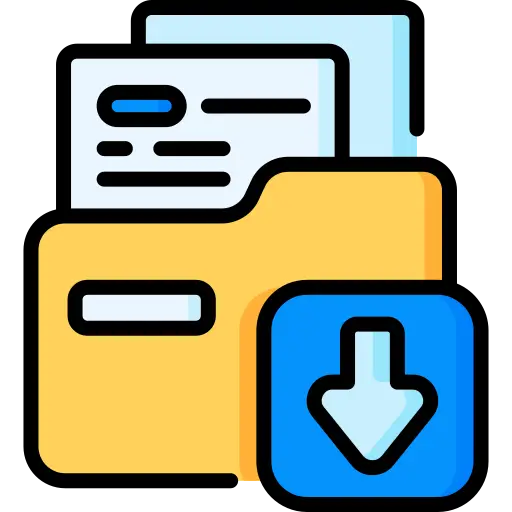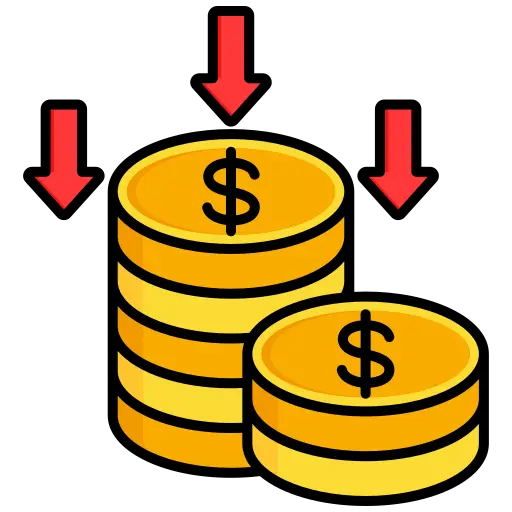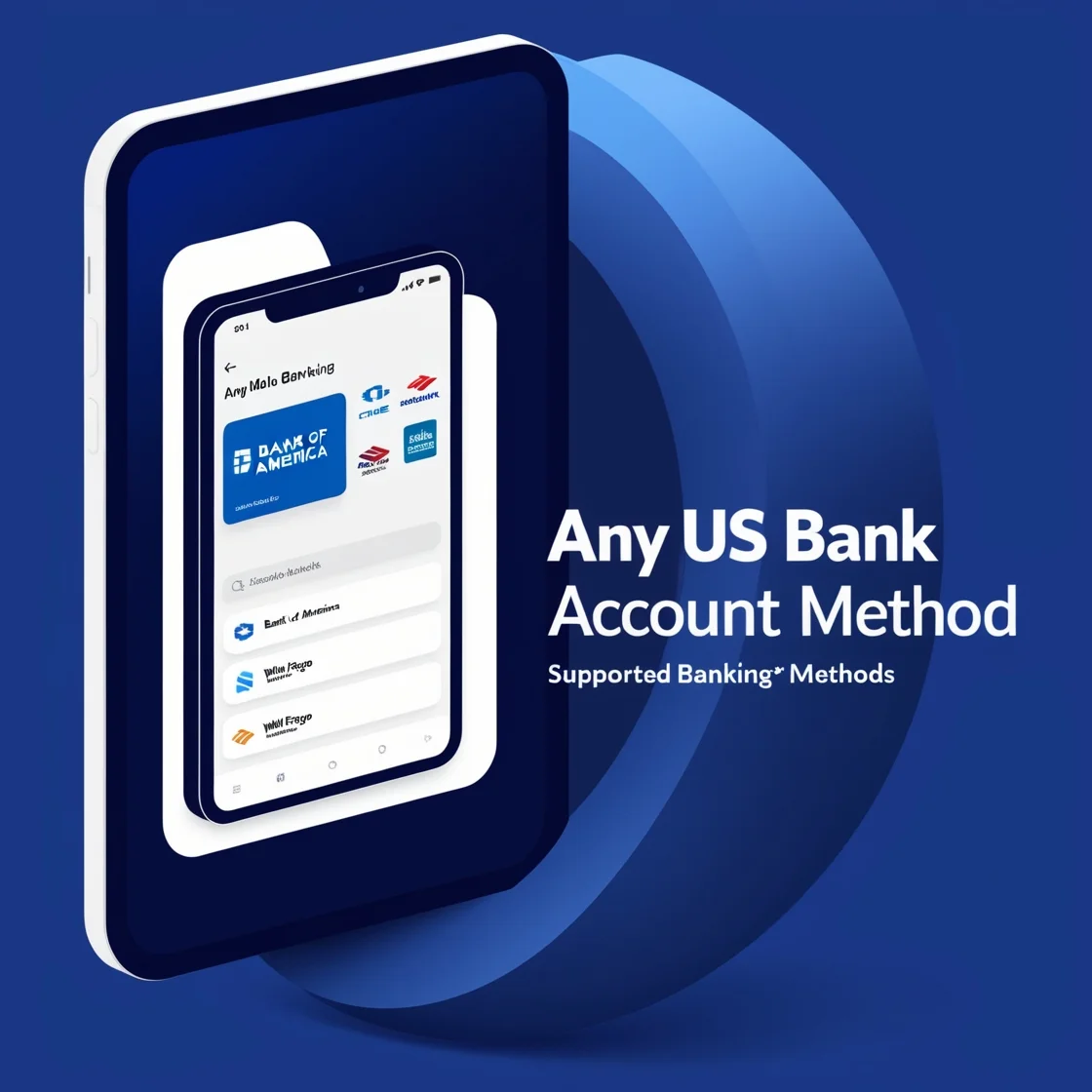
Instant Download

Get Reseller Access

After Sale Support

Limited Time Offer
599.00৳ Original price was: 599.00৳ .399.00৳ Current price is: 399.00৳ .
Any US Bank Account Method in Bangla

Instant Download

Get Reseller Access

After Sale Support

Limited Time Offer
599.00৳ Original price was: 599.00৳ .399.00৳ Current price is: 399.00৳ .
Description
How to Apply for a U.S. Bank Account: A Step-by-Step Guide (For Residents & Non-Residents)
Opening a U.S. bank account is easier than you think—and it comes with a host of benefits like secure savings, streamlined money transfers, and access to essential financial tools. Whether you’re a U.S. citizen, a resident, or a non-resident with a visa, this complete guide will walk you through the entire process.
Why Open a U.S. Bank Account?
A U.S. bank account is essential for anyone working, studying, or doing business in the United States. It simplifies financial transactions, supports international transfers, and helps you build a financial identity.
✅ Benefits of a U.S. Bank Account:
-
Secure Transactions: Funds are protected with FDIC insurance and advanced security systems.
-
Access to Credit: Build your U.S. credit score—a critical step for long-term residency or loans.
-
Efficient Transfers: Enjoy faster, lower-cost international and domestic transactions.
Types of Bank Accounts in the U.S.
| Account Type | Purpose |
|---|---|
| Checking Account | For daily use—receive direct deposits, pay bills, and make purchases. |
| Savings Account | Earn interest on your savings with limited monthly withdrawals. |
| Certificate of Deposit (CD) | Lock in your money for a fixed time and earn higher interest. |
Requirements to Open a U.S. Bank Account
📄 For U.S. Citizens & Residents:
-
Government-issued photo ID (e.g., passport or driver’s license)
-
Social Security Number (SSN)
-
Proof of U.S. address (e.g., utility bill, lease agreement)
🌍 For Non-Residents:
-
Valid passport
-
U.S. visa or entry documentation
-
ITIN (if no SSN is available)
-
Proof of foreign or U.S. address (varies by bank)
💡 Note: Not all banks accept non-resident applications. Check the bank’s policy beforehand.
How to Open a U.S. Bank Account: Step-by-Step
1. Research and Compare Banks
Look for banks that support your residency status. Compare:
-
Account fees
-
Minimum balance requirements
-
ATM access and online banking features
2. Gather Required Documents
Be prepared with identity, residency, and tax ID documentation (SSN or ITIN).
3. Choose the Right Account
Pick the account that suits your needs—checking for daily use, savings for interest, or CD for long-term savings.
4. Apply Online or In Person
-
U.S. Residents: Can often apply online.
-
Non-Residents: May need to apply in-branch.
Most applications take only minutes, but document verification may take up to 2 business days.
5. Make the Initial Deposit
Most banks require a minimum deposit ($25–$100). This can be done in-person, by wire transfer, or online.
6. Set Up Online Banking
Once approved, you can manage your account, view transactions, and transfer funds via the bank’s website or mobile app.
Tips for Non-Resident Applicants
-
✅ Check eligibility with banks like HSBC, Citibank, and Wells Fargo, which are more friendly to non-residents.
-
✅ Obtain an ITIN if you don’t have an SSN—it helps with tax reporting and identity verification.
-
✅ Be prepared for in-person verification and bring all original documents.
Top U.S. Banks for Residents & Non-Residents
| Bank | Key Highlights |
|---|---|
| Chase | Extensive ATM network, strong mobile features, various account options |
| Bank of America | Accessible branches, solid customer support, easy account setup |
| Wells Fargo | International-friendly, wide physical branch presence |
| HSBC | Global banking solutions ideal for foreigners and travelers |
| Citibank | Ideal for global customers, strong international transfer features |






Reviews
There are no reviews yet